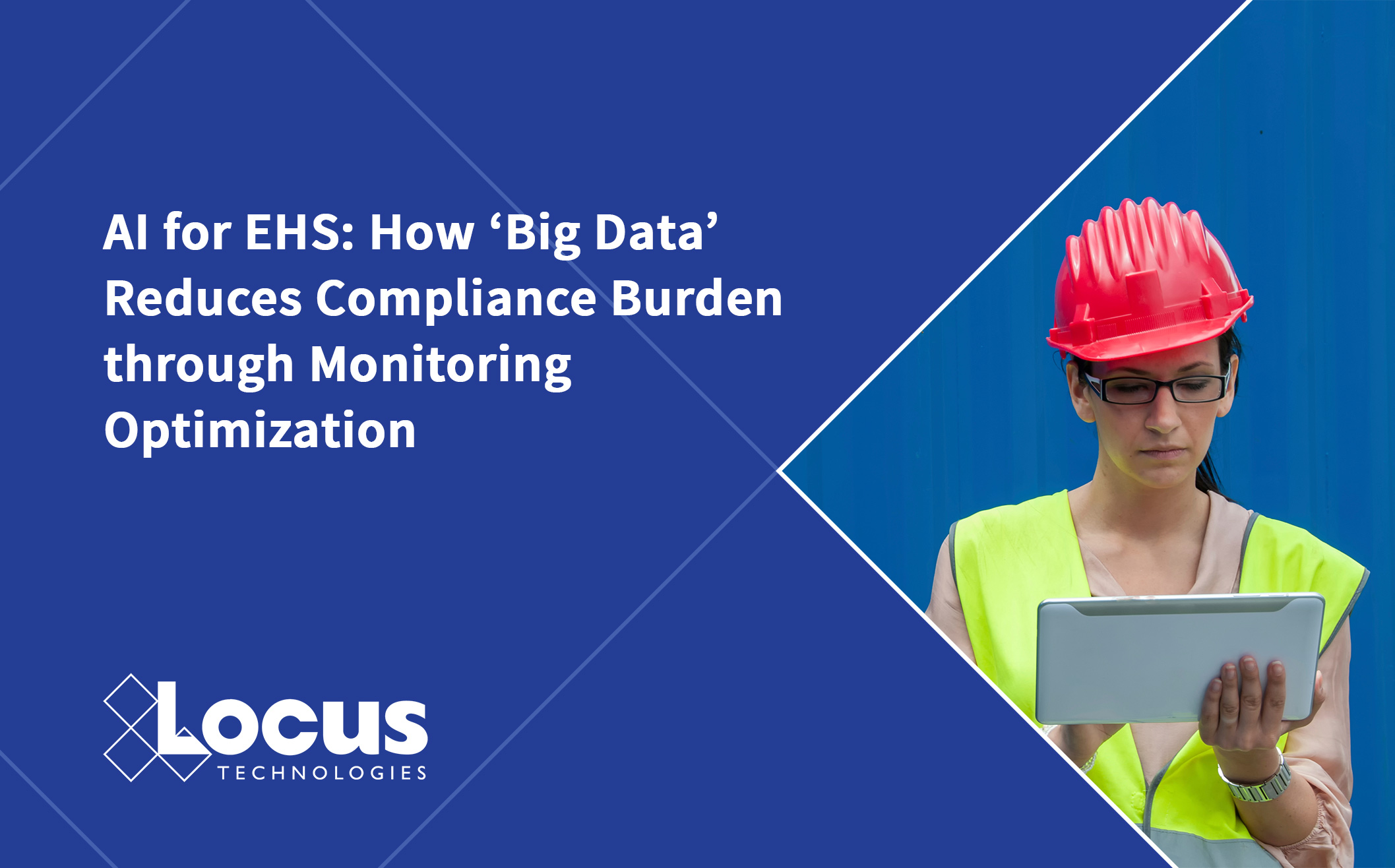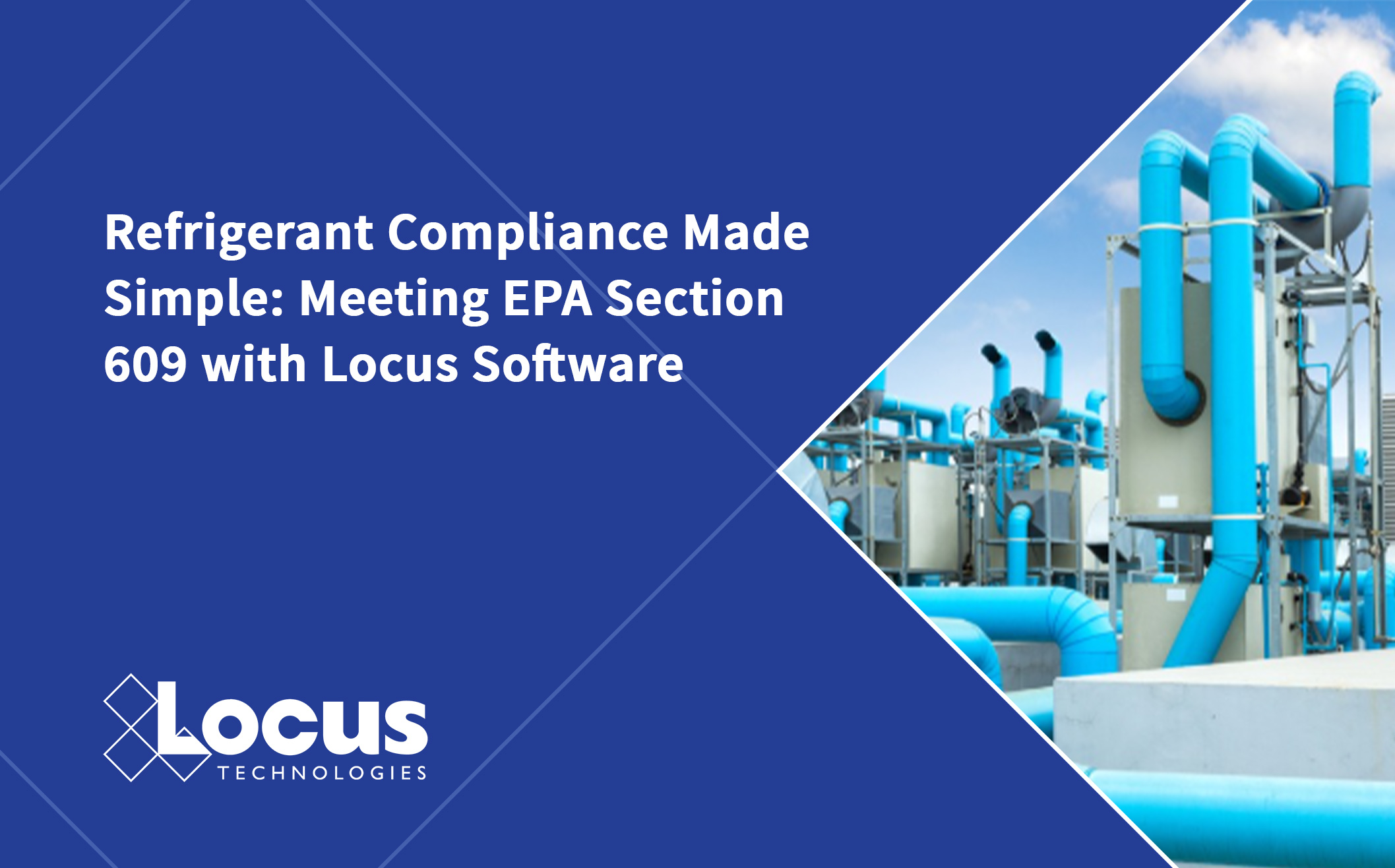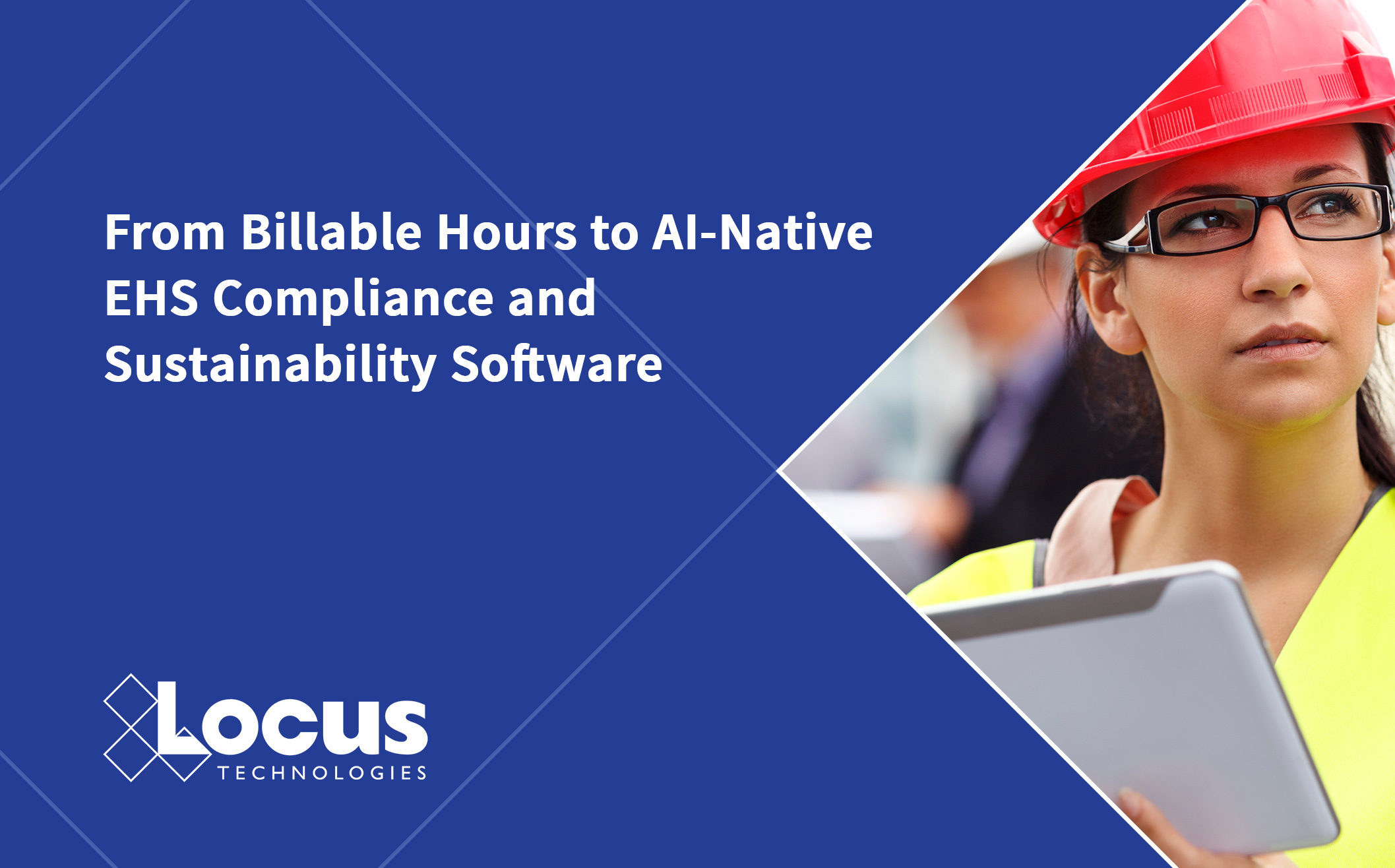AI for EHS: How ‘Big Data’ Reduces Compliance Burden through Monitoring Optimization

Reading Time: 2 minutes
Environmental monitoring has long been dominated by rigid schedules: quarterly groundwater sampling, monthly site visits, and routine laboratory analyses. While effective, this model generates massive volumes of data at significant cost, requiring fleets of field personnel to collect samples across hundreds or thousands of wells. For oil and gas, utilities, and other large enterprises, the result is a compliance burden that is both expensive and carbon intensive.
From Routine to Intelligent Monitoring
Long-Term Monitoring Optimization (LTMO) applies AI and predictive analytics to reduce the need for unnecessary sampling while maintaining regulatory compliance. Instead of sending field teams to collect the same volume of samples quarter after quarter, Locus EIM software centralizes monitoring data, applies advanced statistical methods, and identifies stable, declining, or increasing contaminant trends.
Armed with these insights, customers can demonstrate to regulators that semi-annual or annual sampling, or fewer data points per cycle, provides the same level of confidence as traditional approaches. For example, if five quarterly samples show a stable concentration, AI-driven analysis may prove that two are sufficient going forward. This shift cuts costs dramatically while maintaining scientific rigor.
Regulatory Confidence, Lower Costs
All insights generated in Locus EIM are fully auditable, producing reports that regulators can rely on to validate reduced monitoring schedules. This allows companies to:
- Decrease sampling frequency without compromising environmental protection.
- Save millions in long-term monitoring expenses.
- Enable consultants to make faster, better-informed decisions.
This mirrors how modern medicine adapts monitoring protocols: cancer patients may undergo quarterly scans during active treatment, then move to annual scans once recovery is confirmed. Importantly, these scans often use radioactive methods such as CT or PET, which, while essential for tracking the spread of one cancer, may increase the risk of inducing another, unrelated cancer through prolonged exposure. The medical community accepts that fewer scans, when justified by stable trends, protect patients from unnecessary risk. Environmental monitoring follows the same principle: fewer tests when stability is established, without sacrificing confidence in outcomes.
Sustainability Benefits
Optimized monitoring delivers more than cost savings. Every avoided field trip translates into fewer truck miles, reduced fuel use, and lower greenhouse gas emissions. By cutting unnecessary sampling, companies not only reduce compliance costs but also align with corporate sustainability goals.
From Chasing Micrograms to Managing Risk
Traditional monitoring often leads companies to chase vanishingly small concentrations of contaminants—measured in micrograms per liter—even when containment is effective and human health is not at risk. LTMO helps strike a balance: maintain protection where it matters while avoiding wasteful, carbon-intensive monitoring activities that deliver little added value.
Key Takeaways
By unifying data in a single, AI-ready platform, Locus transforms long-term monitoring from a rigid, prescriptive exercise into a flexible, data-driven strategy. Customers save money, reduce emissions, and strengthen regulatory trust — demonstrating how AI can make compliance not just smarter, but also more sustainable.
Locus is the only self-funded water, air, soil, biological, energy, and waste EHS software company that is still owned and managed by its founder. The brightest minds in environmental science, embodied carbon, CO2 emissions, refrigerants, and PFAS hang their hats at Locus, and they’ve helped us to become a market leader in EHS software. Every client-facing employee at Locus has an advanced degree in science or professional EHS experience, and they incubate new ideas every day – such as how machine learning, AI, blockchain, and the Internet of Things will up the ante for EHS software, ESG, and sustainability.



